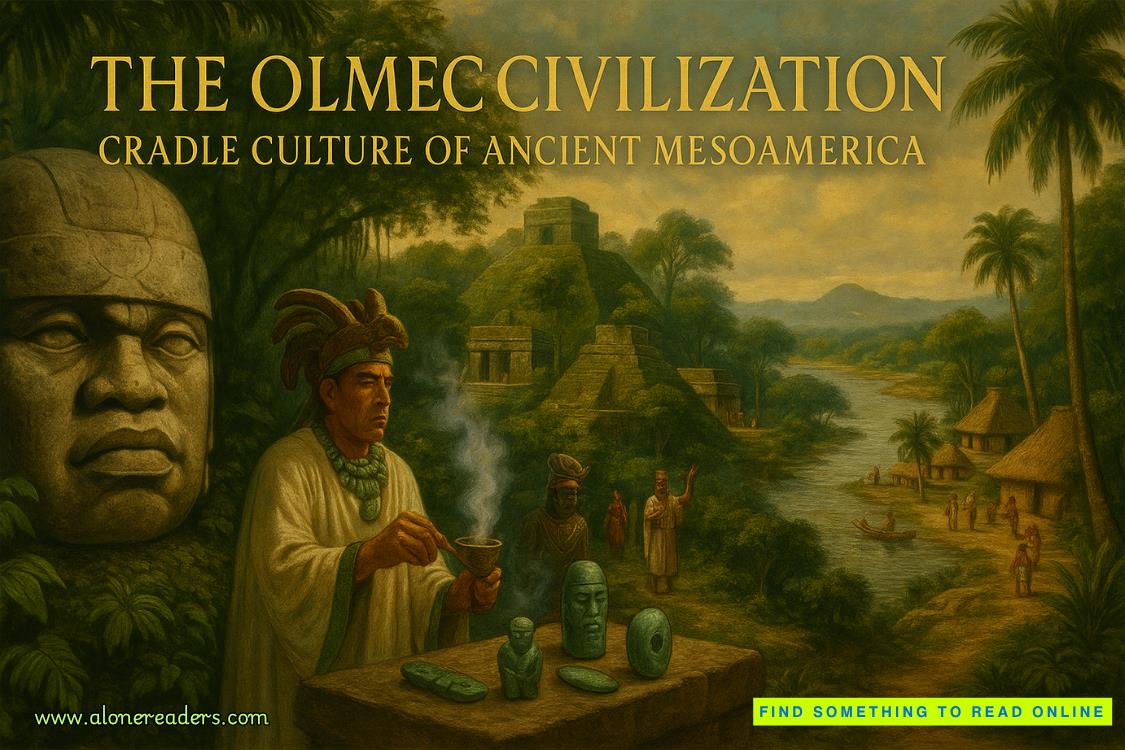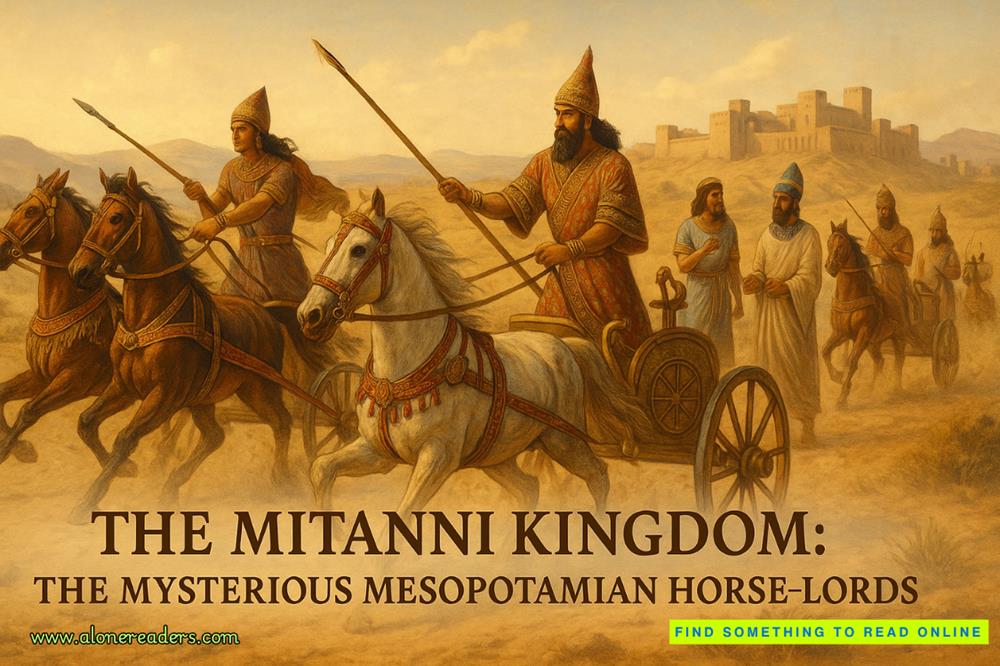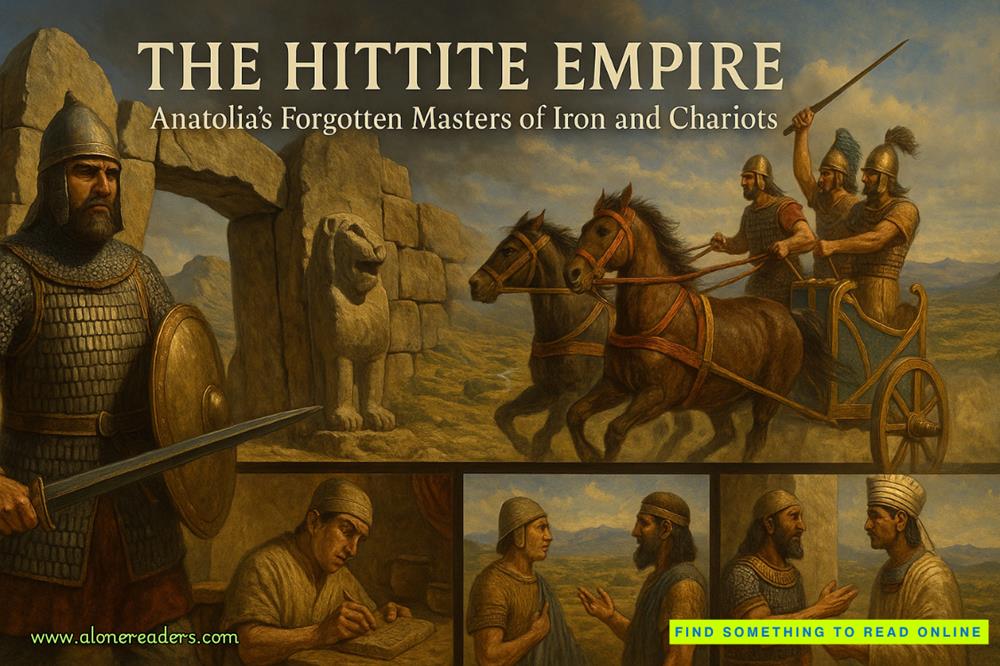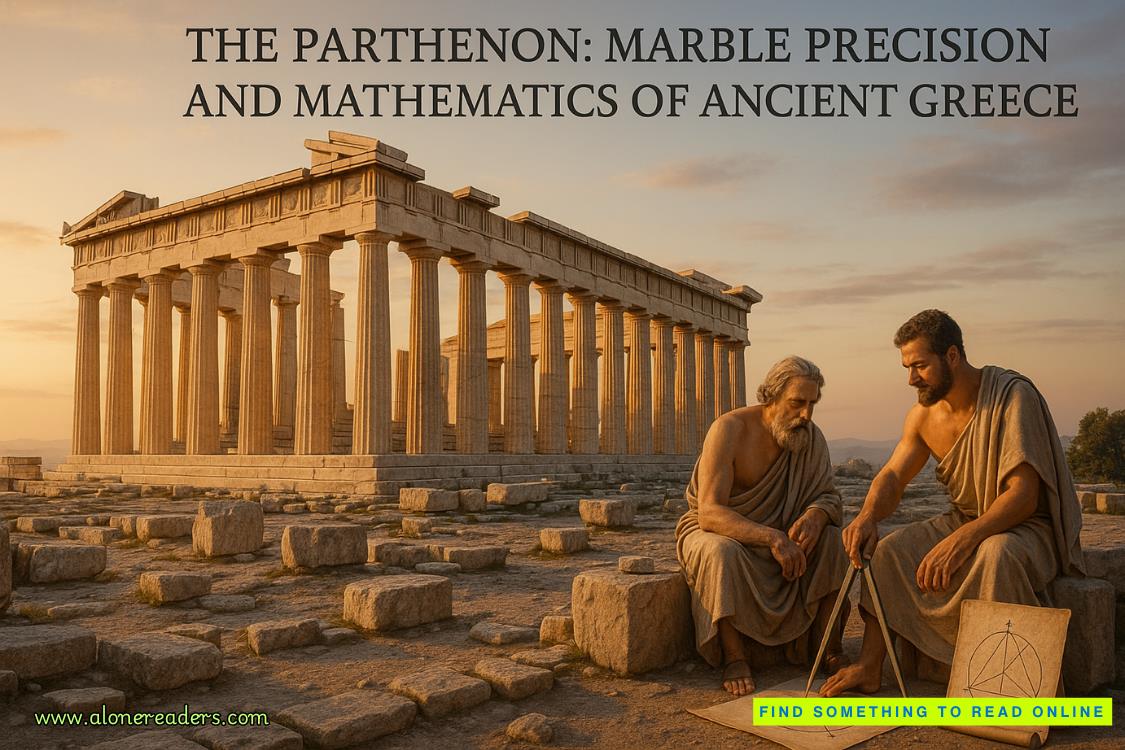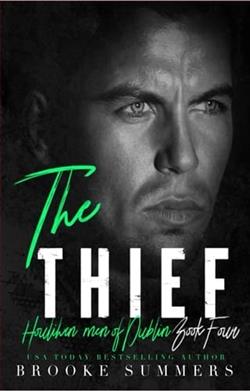Page 139 of Inca Gold (Dirk Pitt 12)
In the center of an otherwise blank sheet of paper, a black column extended from end to end.
"No doubt about it," announced Pottle, "a shaft with the same dimensions as the bathtub that falls underground."
"And you're sure your electronic marvel is accurate?" said Ragsdale.
"The same type of unit found previously unknown passages and chambers in the Pyramids of Giza last year."
Gaskill said nothing as he stepped into the tub. He fiddled with the nozzle, but it simply adjusted for spray and direction. Then he sat down on a seat large enough to hold four people. He turned the gold-plated hot and cold faucets, but no water flowed through the spout.
He looked up with a big smile. "I think we're making progress."
Next he wiggled the lever that raised and lowered the plug. Nothing happened.
"Try twisting the spout," suggested Swain.
Gaskill took the gold-plated spout in one of his massive hands and gave it a slight turn. To his surprise it moved and the tub began to slowly sink beneath the bathroom floor. A reverse turn of the spout and the tub returned to its former position. He knew, he knew, this simple little water spout and this stupid bathtub were the keys that could topple the entire Zolar organization and shut them down for good. He gave a come-hither motion to the others and said gleefully, "Going down?"
The unusual elevator descended for nearly thirty seconds before coming to a stop in another bathroom. Poole judged the drop to be about 20 meters (65 feet). They stepped from the bathroom into an office that was almost an exact copy of the one above. The lights were on but no one was present.
With Ragsdale in the lead, the little group of agents cracked open the door of the office and peered out onto the floor of an immense storehouse of stolen art and antiquities. They were all stunned by the size of the chamber and the enormous inventory of the objects. Gaskill made a wild guess of at least ten thousand pieces as Ragsdale slipped into the storeroom and made a fast recon. He was back in five minutes.
"Four men working with a forklift," he reported, "lowering a bronze sculpture of a Roman legionnaire into a wooden crate about halfway down the fourth aisle. Across on the other side, in a closed-off area, I counted six men and women working in what looked to be the artifact forgery section. A tunnel leads through the south wall, I'd guess to a nearby building that acts as a front for the shipping and receiving of the stolen property."
"It must also be used for the covert employees to enter and exit," suggested Pottle.
"My God," murmured Gaskill. "We've hit the jackpot. I can recognize four works of stolen art from here."
"We'd better stay put," said Ragsdale softly, "until we can shuttle reinforcements from above."
"I volunteer to operate the ferry service," said Swain with a foxy grin. "What woman can pass up the opportunity to sit in a fancy bathtub that moves from floor to poor?"
As soon as she left, Poole stood guard at the door to the storage area while Gaskill and Ragsdale searched Zolar's underground office. The desk produced little of value so they turned their attention to searching for a storeroom. They quickly found what they were looking for behind a tall sideboard bookcase that swiveled out from the wall on small castors. Pushed aside, it revealed a long, narrow chamber lined with antique wooden cabinets, standing floor to ceiling. Each cabinet held file folders in alphabetical order containing acquisition and sales records of the Zolar family operations as far back as 1929.
"It's here," muttered Gaskill in wonder. "It's all here." He began pulling files from a cabinet.
"Incredible," Ragsdale agreed, studying files from another cabinet that stood in the middle of the storeroom. "For sixty-nine years they kept a record of every piece of art they stole, smuggled, and forged, including financial and personal data on the buyers."
"Oh, Jesus," Gaskill groaned, "take a look at this one."
Ragsdale took the offered file and scanned the first two pages. When he looked up his face was marked with disbelief. "If this is true, Michelangelo's statue of King Solomon in the Eisenstein Museum of Renaissance Art in
Boston is a fake."
"And a damned good one, judging by the number of experts who authenticated it."
"But the former curator knew."
"Of course," said Gaskill. "The Zolars made him an offer he couldn't refuse. According to this report, ten extremely rare Etruscan sculptures excavated illegally in northern Italy, and smuggled into the United States, were exchanged along with the forged King Solomon for the genuine article. Since the fake was too good to be caught, the curator became a big hero with the trustees and patrons by claiming he had enhanced the museum's collection by persuading an anonymous moneybags to donate the objects."
"I wonder how many other cases of museum fraud we'll find," mused Ragsdale.
"I suspect this may only be the tip of the iceberg. These files represent thousands upon thousands of illegal deals to buyers who turned a blind eye in the direction the objects came from."
Ragsdale smiled. "I'd like to be a mouse hiding in the wall when the U. S. Attorney's Office finds out we've laid about ten years' worth of legal work on them."
"You don't know federal prosecutors," said Gaskill. "When they get a load of all the wealthy businessmen, politicians, sports and entertainment celebrities who willfully purchased hot art, they'll think they've died and gone to heaven."
"Maybe we'd better rethink all the exposure," cautioned Ragsdale.
